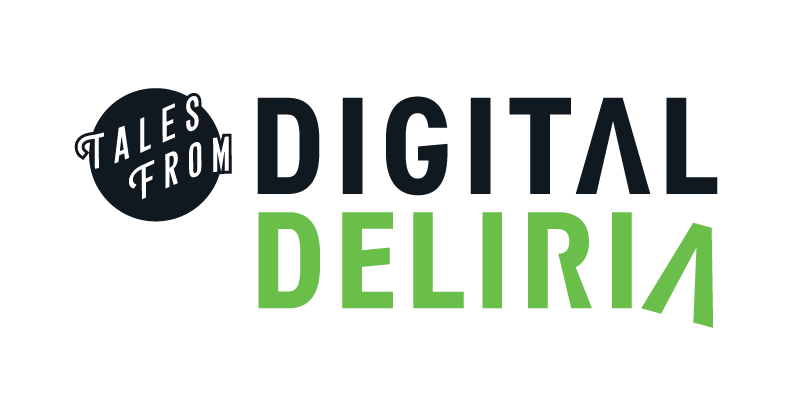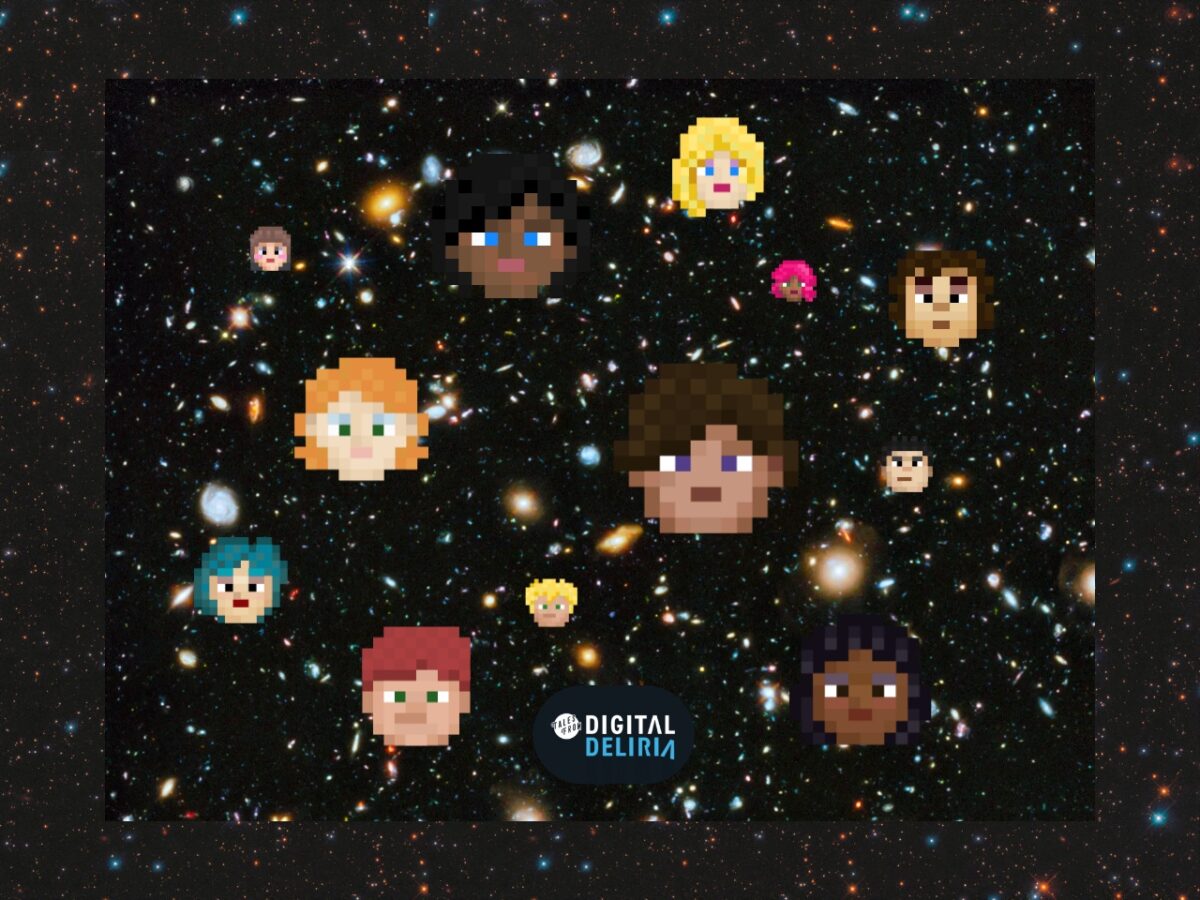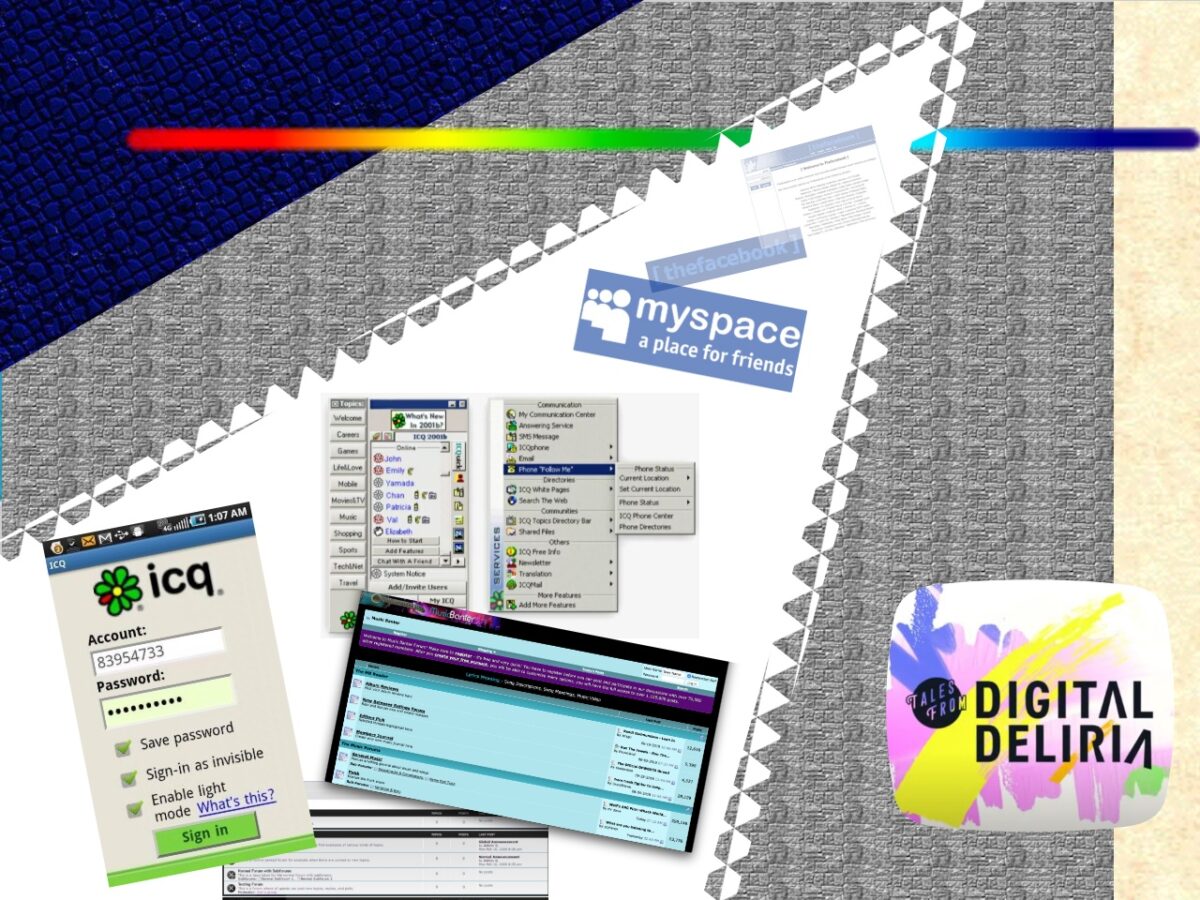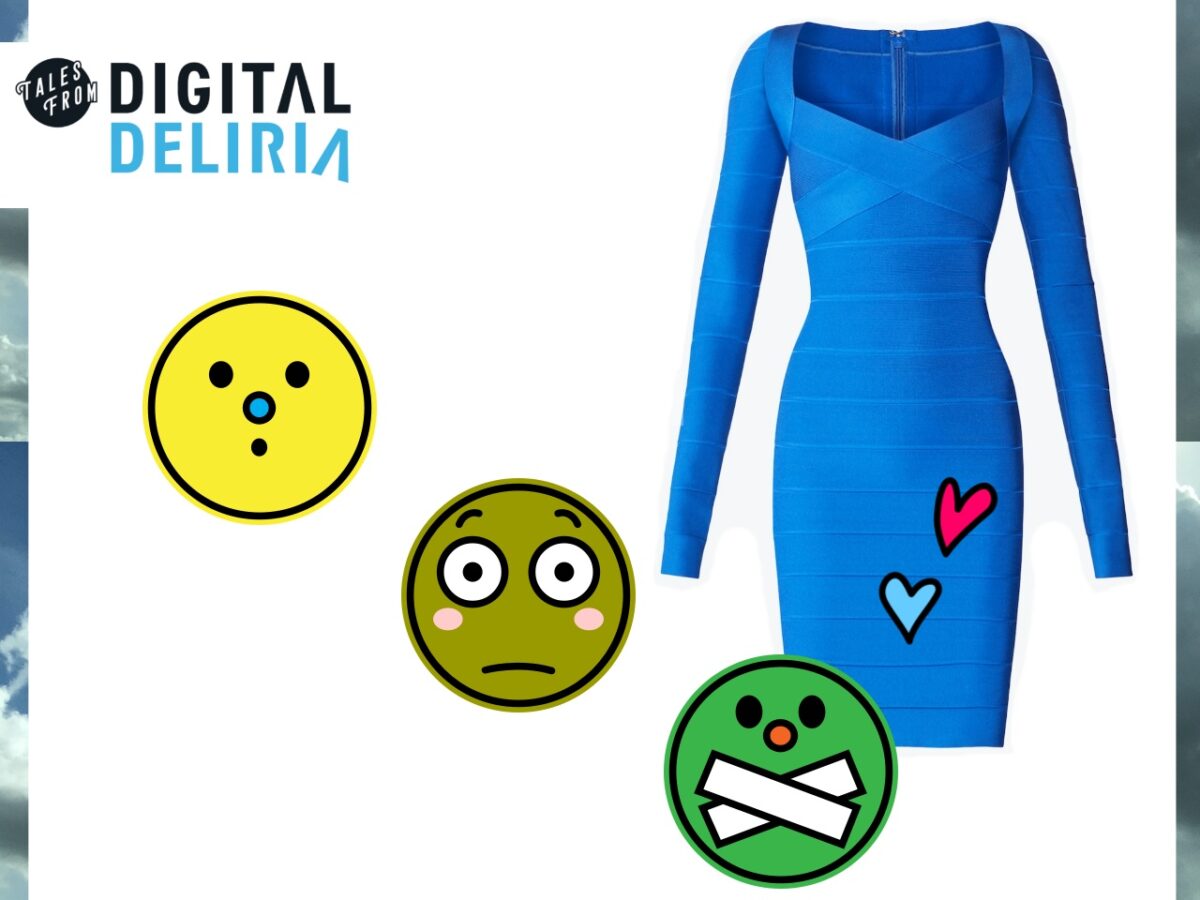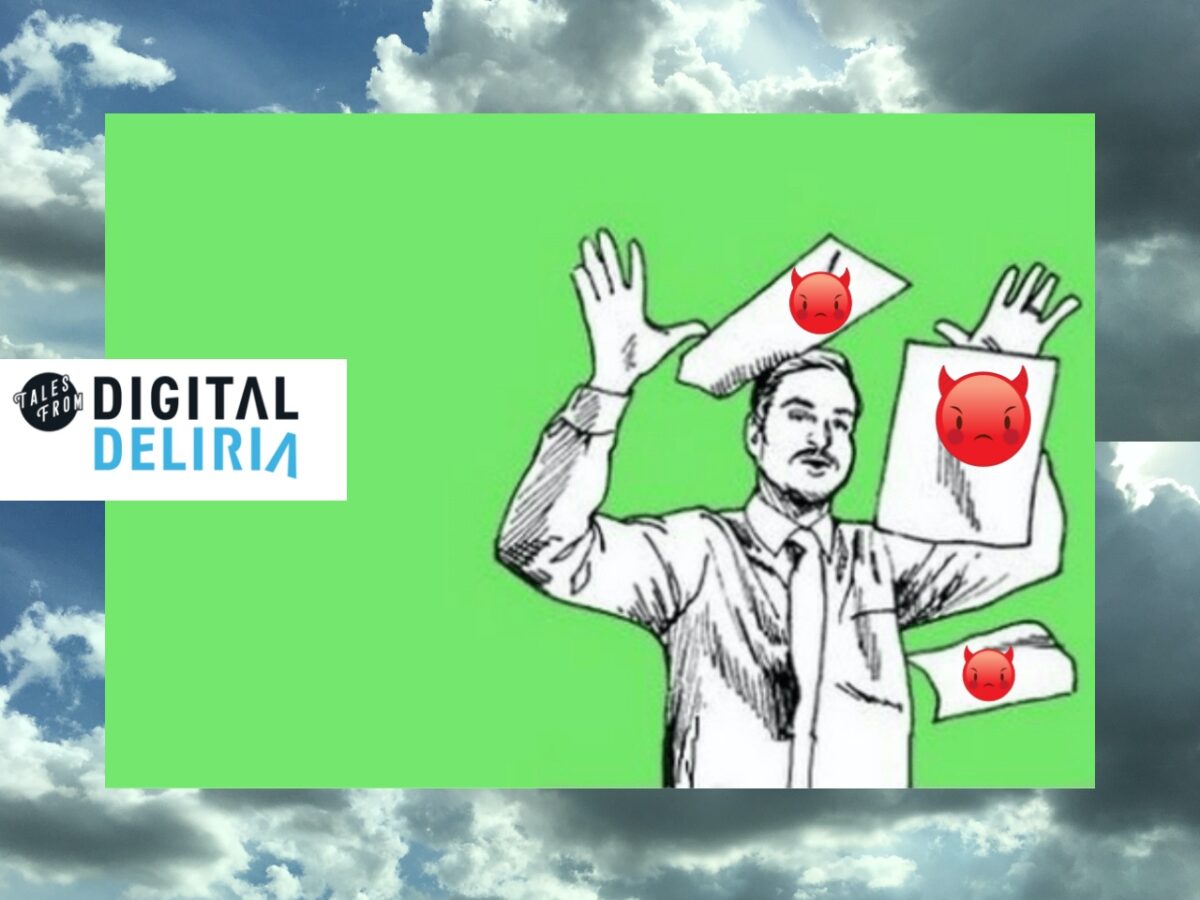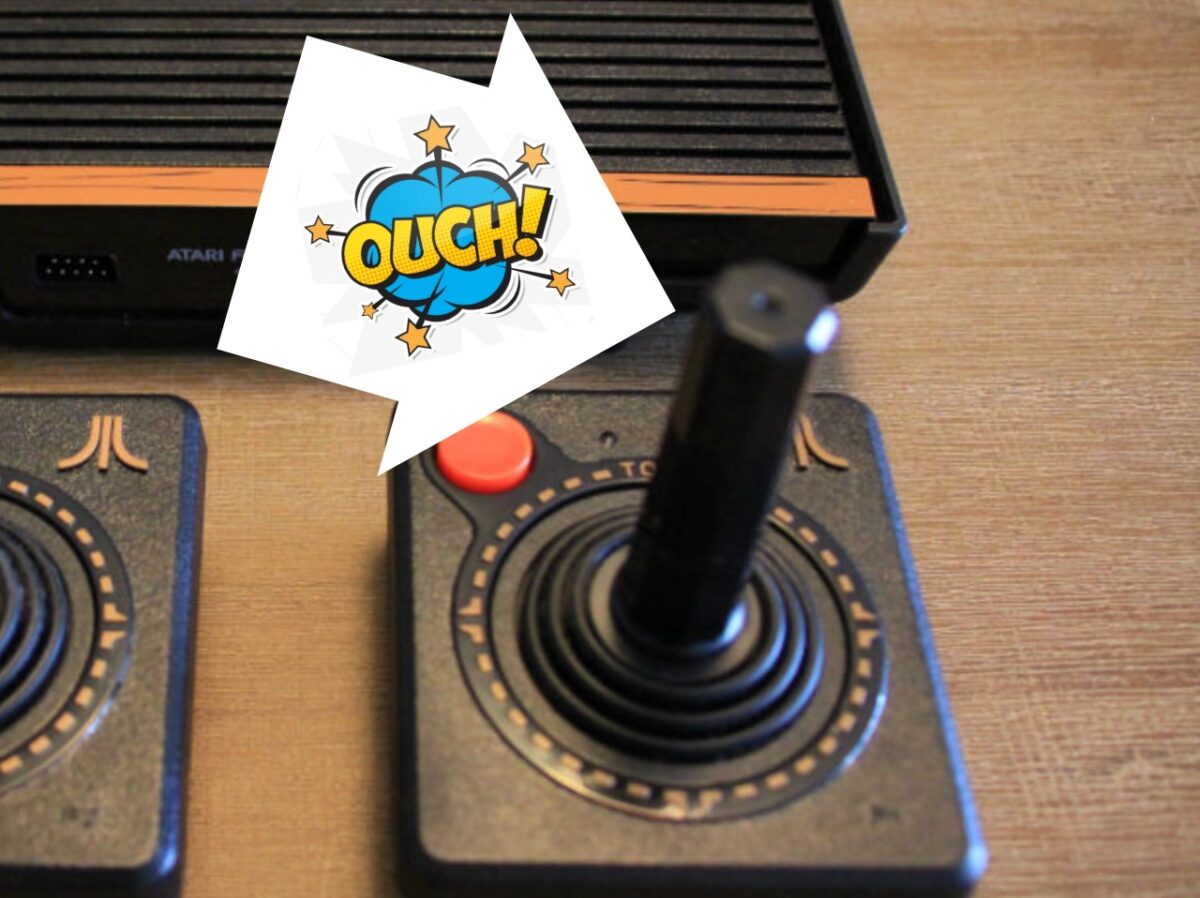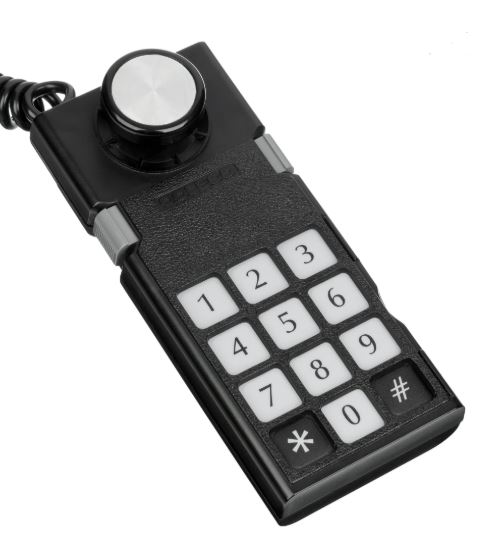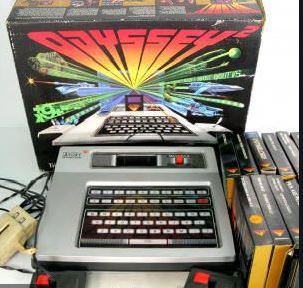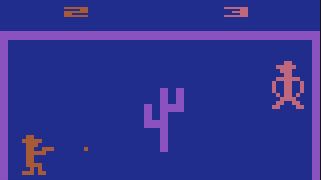Lifelong Relationships… or Associations?
Twenty years later, the dot-com boom agency remains as the only workplace utopia she ever experienced. Not just because of cutting-edge web work devoid of deadline & deliverable pressure. Or the fact it was the first proper office building she worked in – a major upgrade from the old warehouse.
But rather, because of the opportunity to really take a moment and get to know people. In this environment, mentorship and learning approached hyperspeed. The conversation wasn’t always driven selfishly by the deadline ahead, but a true appreciation for others’ skills, unique knowledge, and lives.
She considers the fondest memories of so many characters:
- The Java guy who loved to socialize: swinging by the desk for no reason, but to say “Hi” and talk shop. He was a published leader and speaker in his field – there’s not many people you meet like that.
- The most brilliant copywriter and sometime-documentarian she ever had the privilege of working with.
- The designer who always played “Jump Around” on Friday mornings, livening our path to the weekend.
- The sharp Project Manager with her own corner office – rendering her almost too good to even approach!
- The young client on the cutting edge of eLearning, with an inexplicable love for Barry Manilow.
- The developers who bridged both creative and technical – whipping out animated CD-ROMs like wizards.
- The smart-as-a-tack client, turned to rigid paper pusher for the federal government under NASA.
- The multi-talented Project Manager: PM’ing by day and creating by night. One of the smartest people she could ever look up to, from whom she learned the power of a strong team dynamic. They all thought the world of each other.
- The Delivery Principal, one of her most inspirational and encouraging leaders. His true passion for their client, and the all-time dream project they afforded, drew her right along with it.
- And, the couple who met and married while at the company. She knew the feeling – her own marriage occurred in the blissful dot-com boom days, before 9/11 changed everything. His other half lead her to her next interview and job, when the dot-com boom came crashing all down.
Such formative days, full of love. For job, for company, for coworkers, for the digital utopia.
20 Years Later, What Remains?
Nostalgia for places and interactions with people that at one point felt like “relationships”, but are now merely “associations”. A far away figment, relegated to a tenuous connection on LinkedIn or Facebook.
These are no longer people she talks to every day. Yet, somehow they remain as tiny, quiet links in her life roadmap. The internet acts merely as a memory tool: holding reminiscences of people one would normally never recall.
With the passage of so much time, humans stand silent in recollect. Like starry little gems twinkling in the night sky of life, fading as the universe continues to expand. Covered forever in cosmic dust, they just get further away from sight.
Is it possible that her childhood act of coding the universe was a premonition of this very moment? Delivering a rendering of a future, impossible to envision at that time?
As always, I hope you enjoyed this and it brightened your day.
Please “like” if you did on social media (@DigitalDeliria), share, and post your comments.
Don’t want to miss a future story? Be sure to sign up for our mailing list.
